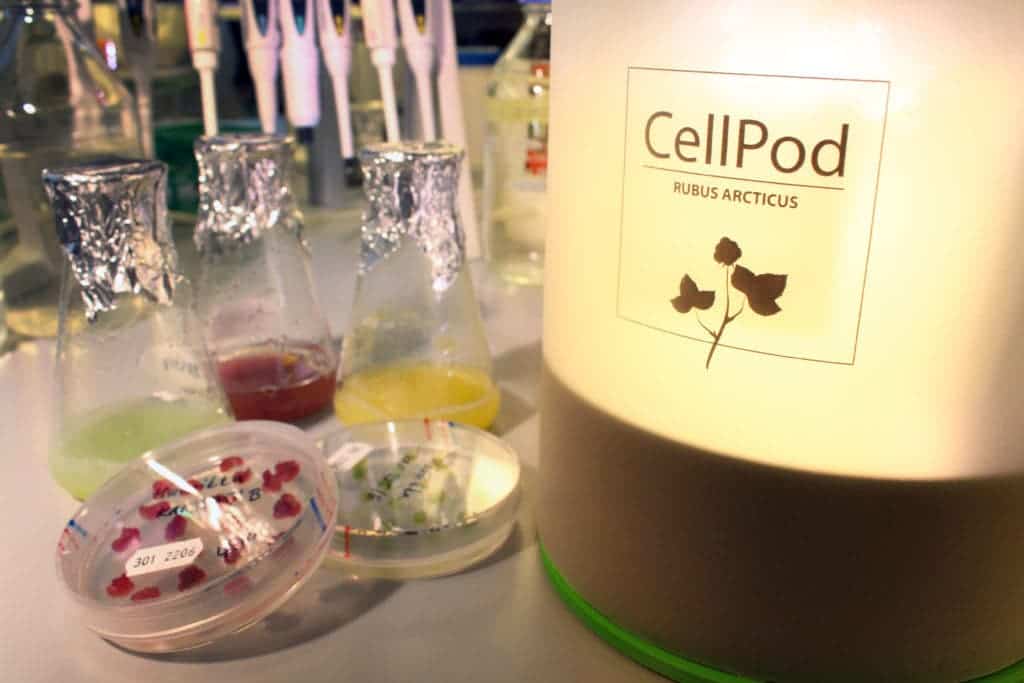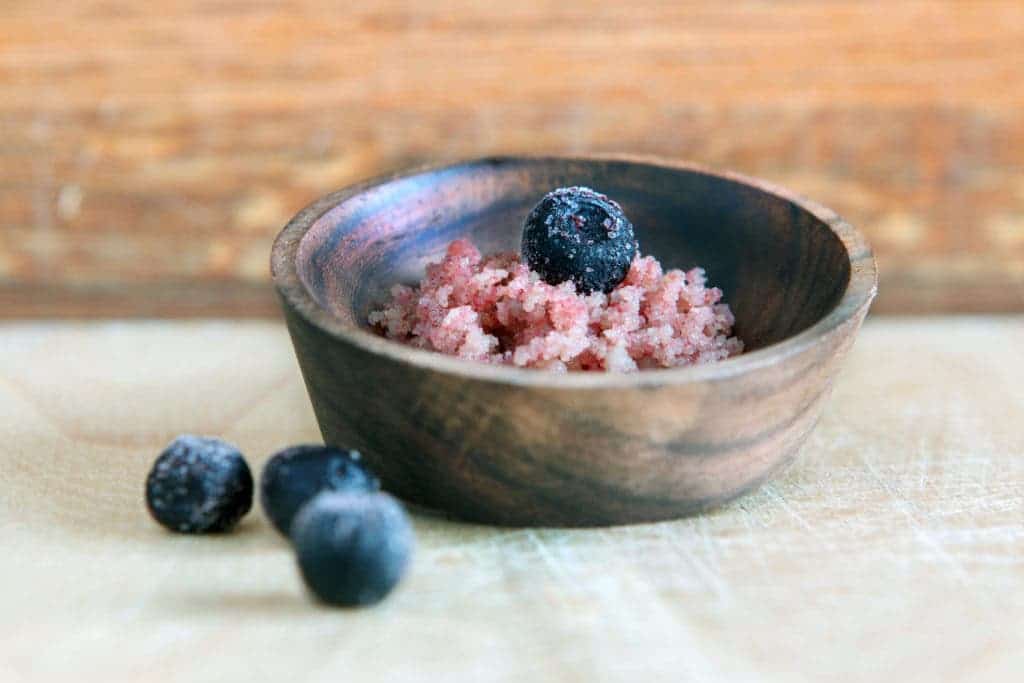A novel home appliance designed by Finland Ltd’s VTT Technical Research Centre promises to grow plant cells into a healthy meal in one week — all on your kitchen table. Called the CellPod, the device’s first prototype is already hard at work producing food.
In a world of fast food and takeout, a healthy meal is becoming harder to come by. Partly, it’s a problem of convenience, partly of availability — while healthy snacks actually do grow on trees (or in pots), you’d have to jump through a lot of hoops to grow anything in your average home. Plus, it’s just so easy to get food today that most people aren’t willing to invest the time and money required to prepare something healthier.
VTT‘s biotechnology hopes to mix the convenience of fast food with the healthy kick of produce. Plus, there’s the ever-looming need to adapt our agriculture to the needs of the modern world — many mouths to feed, in an increasingly unstable context of environmental changes and social pressures. They have developed a home bioreactor which grows the stuff fruits and veggies are made of, within a week, inside your kitchen.
“Urbanisation and the environmental burden caused by agriculture are creating the need to develop new ways of producing food — CellPod is one of them. It may soon offer consumers a new and exciting way of producing local food in their own homes,” says Lauri Reuter, VTT research scientist.
The idea of growing plant cells inside a bioreactor isn’t new, but the speed with which the new device called the CellPod does it is revolutionary.
VTT has a prototype Pod up and running in Otaniemi, Finland, producing the first harvests. It resembles a fancier desk lamp and was designed to be at home on your kitchen table. Right now, the researchers are busy talking to consumers to make sure their product is up to standards.
CellPod works by growing the undifferentiated cells which make up plants. All you need to do is get a “seed” culture, give it some nutrients and keep it well supplied with sunlight and air. You’ll have to tweak these growth conditions along with temperature to find what works best, but in a week the device will produce a “few liters of plant cell mass”. Think of it as a field-inside-a-lamp, but rather than growing whole plants, what you get is a culture of cells — berries sans their berry forms. These have the entire genetic make-up of the original plants, so the cells produce the same compounds, including vitamins or antioxidants.
VTT says that their cloudberry cell culture has similar or even better nutritional value than the original berries. The trade-off right now, however, is taste. The cultures have a mild, neutral taste, though the team is hard at work adding extra yum to it. The company has so far grown Arctic bramble, cloudberry, and stone bramble cells in the Pod, but it can be used to grow food even from plants other than crops, such as birch. Designer plants can also be grown, tailoring the nutritional value of the harvest according to need.
As I’ve said, the developers are interested in hearing your opinion on the future of food production, along with your wants and needs, to incorporate into the device. So if you want to play a part in shaping CellPod (or cell-culture food in general), head over to VTT’s online platform Owela.











